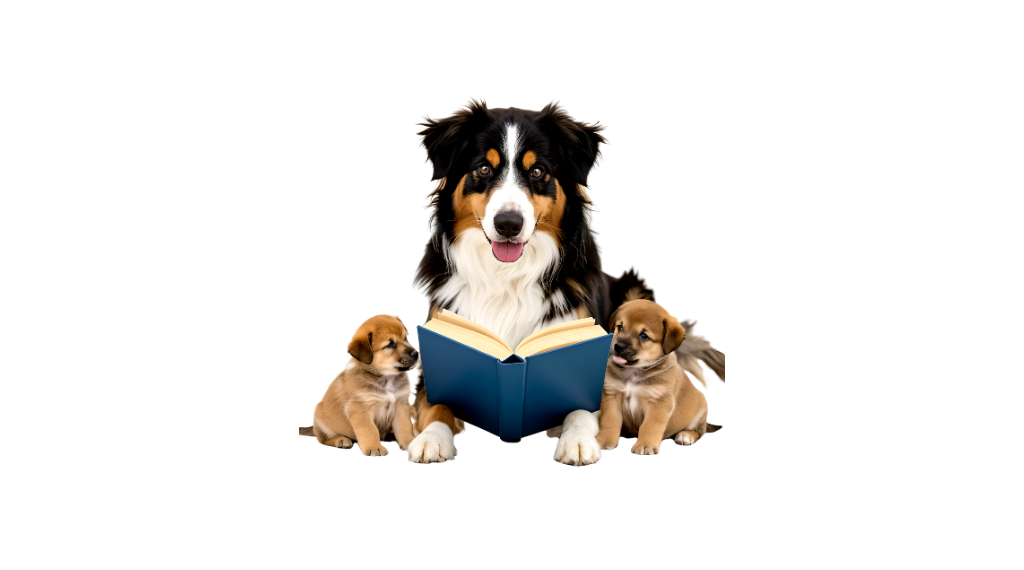We often assign human motives to dogs: “He was mad at me” or “She wanted revenge.” But dogs don’t think in stories, and they do not process emotions the same way humans do. Dogs actions are based on learning history and environment.
Don’t get me wrong, for humans, stories are powerful, and they are a part of human culture for thousands of years. They help us humans connect, understand, and empathize.
But when it comes to animal training, stories can cause more harm than good. While a story might make sense to us, it doesn’t help us teach or understand the dog in front of us. In fact, stories often blur the facts, introduce bias, and slow down progress.
Let’s explore why stories can be risky and what we can do instead.
Why Stories Don’t Work in Dog Training
Stories Anthropomorphize
The dictionary definition of anthropomorphize is “to attribute human characteristics to nonhuman things” (Merriam-Webster).
Why is this not good for Dog training? Because stories Blur Behavior Analysis. Training requires clear data:
- What happened before
- What did the dog do
- And what happened after?
A story like “She attacked out of nowhere” hides the important details.
Stories Reinforce Labels
Phrases like “aggressive,” “stubborn,” or “dominant” don’t describe what the dog actually did. Labels bias how people view the dog, sometimes with dangerous results.
Try this exercise sometime: Take a word that is technically a label like “Aggressive” and think about what it means to you. Then go and ask 3 – 5 friends or family members, or even complete strangers if you are the extroverted type, what it means to them in relation to a Dog. Compare what they think “Aggressive” means to them.
Possible answers:
- The dog barks at people when they come to the door
- The dog lunges at people when they are out walking
- The dog bites someone
- The dog snaps at me when I try to pick up its food bowl
- etc, etc, etc
Stories Break Consistency
If every person tells a different story, and the words in that story mean different things to different people, owners and trainers can’t work with the same criteria. Observations keep everyone aligned.
Stories Distract from Function
Behavior always serves a purpose (escape, attention, access, sensory). Stories focus on “why” in a human sense, not on the function we can train around.
What can we do? – Answer: Objective Observation
Instead of stories, science uses the ABC method:
- Antecedent → What happened before the behavior?
- Behavior → What did the dog actually do (something you could film)?
- Consequence → What happened right after?
For dog trainers, understanding the ABCs is vital as it will makes behavior observable, measurable, and actionable.
- Observable – What are we actually seeing or hearing. Something you can see or hear the animal do, like barking, jumping, or lying down.
- Measurable – We can count, time it, record it on video, etc. Example: The dog barks for 2 minutes after the Amazon delivery driver leaves
- Actionable – Something you can actually work with and change through training, like teaching the dog to sit instead of jump when greeting people.
Side-by-Side Examples
| Storytelling | Objective Observation |
|---|---|
| “She was jealous and attacked the other dog.” | “When another dog approached the handler, she lunged forward, growled, and snapped within 2 feet of the dog.” |
| “He hates men, that’s why he barked.” | “When a man entered the room and came within 6 feet, the dog barked continuously until the man left.” |
| “She tried to dominate the volunteer.” | “When the volunteer reached to leash her, she stiffened, bared teeth, and snapped at the volunteer’s hand.” |
| “He was mad I left him alone.” | “After the handler left the room and closed the door, the dog whined, scratched at the door, and barked for 2 minutes.” |
Why does this even matter?
- Keeps reports neutral and factual.
- Helps training stay consistent.
- Avoids dangerous assumptions about intent.
- Makes it easier to identify triggers and reinforcement.
Stories are for humans. They build connection and empathy.
Observations are for training. They guide safe, effective, and fair behavior change.
So next time you catch yourself about to tell a story about a dog, pause and ask:
If I told this story this to someone who wasn’t there, would they picture exactly what the dog did?
That shift, the one from story to observation, is where better training begins.
